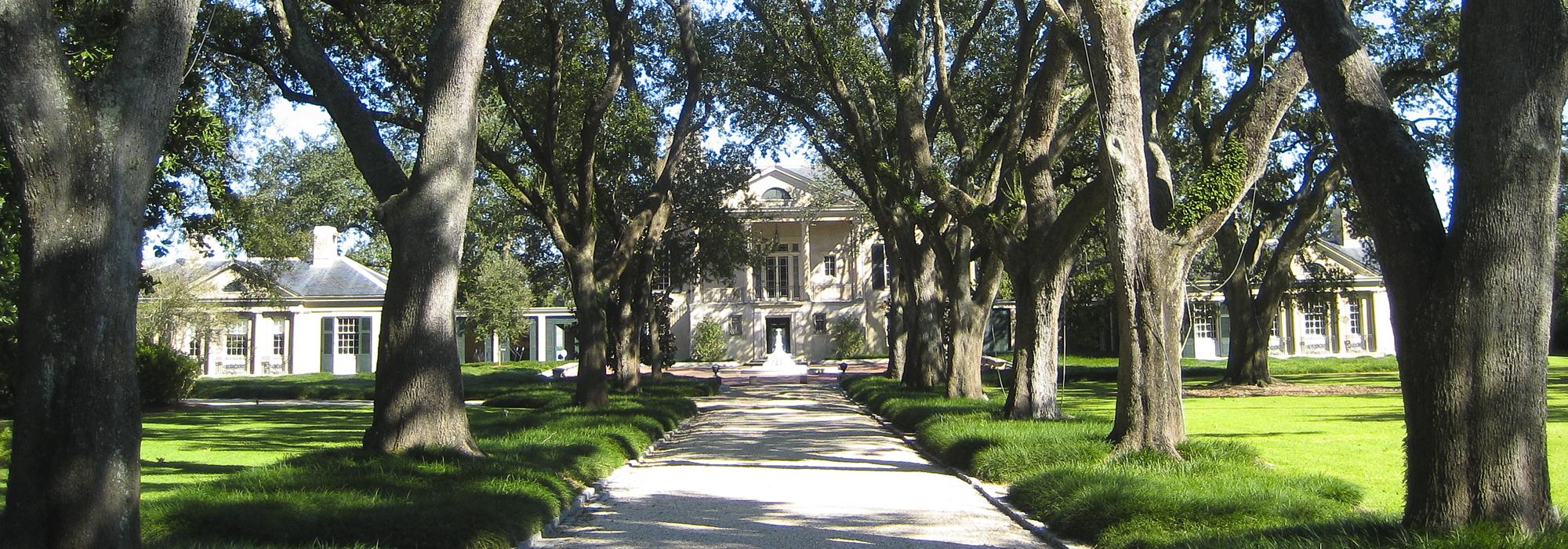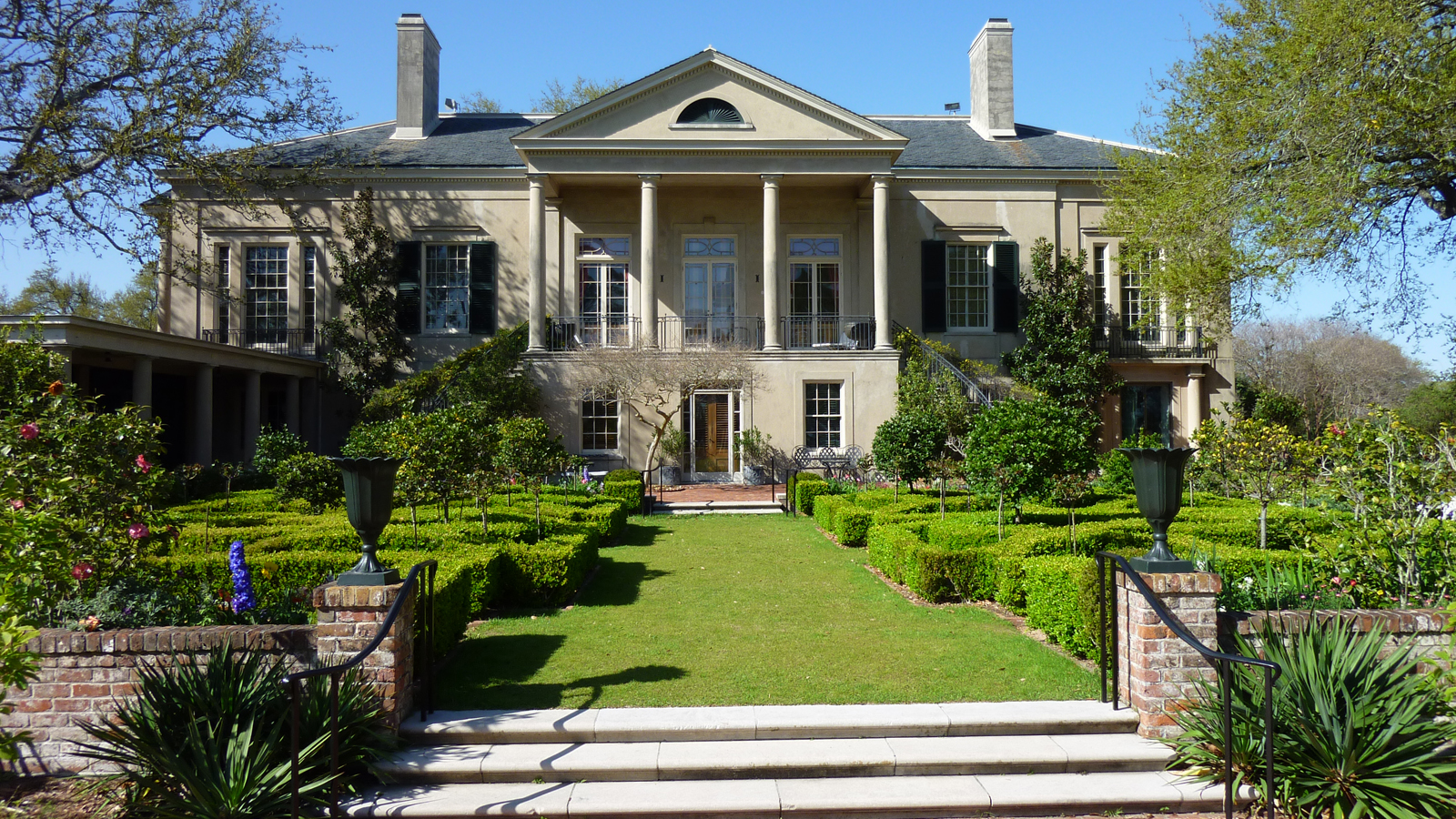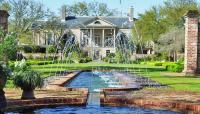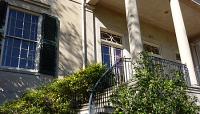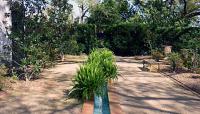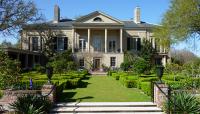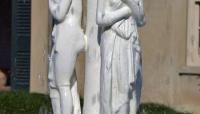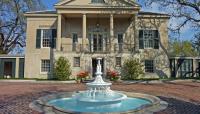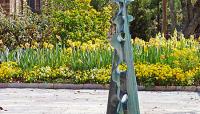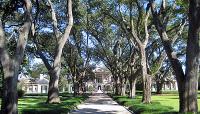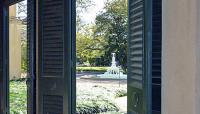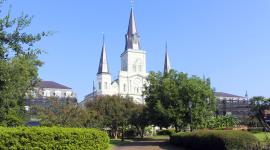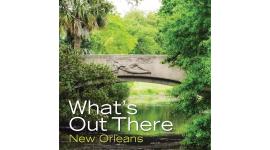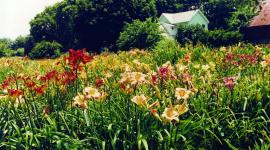Landscape Information
Philanthropists Edith Rosewald Stern, heiress to the Sears-Roebuck fortune, and her husband Edgar Bloom Stern, a New Orleans cotton broker, commissioned Ellen Shipman to design the gardens for Longue Vue in 1936. Shipman’s scheme included a boxwood parterre adjoining the house, a double camellia allée near a long reflecting pool, and a small pavilion that formed the primary vista. After the creation of the garden, the Sterns, at Shipman’s suggestion, replaced the Colonial Revival house with another more suited to the region. Designed by William and Geoffrey Platt, sons and successors of Shipman’s mentor, architect Charles Platt, the new Classical Revival house provided ample views of the gardens and additional gardening opportunities. Shipman created a second vista, a live oak allée leading to the new entrance, reworked the parterre garden near the house, and created new seasonal planting beds. Naturalist Caroline Dormon created the Wild Garden, containing a significant collection of native irises, and Shipman designed its distinctive brick dovecote. Longue Vue was one of the last great Country Place Era estates, and a prime extant example of Ellen Shipman’s work, representative of her most complex projects. After her death in 1950, William Platt augmented Shipman’s designs, adding the Spanish Court, lined with fountains and modeled after the Alhambra’s Generalife garden in Spain. Longue Vue now operates as an educational and cultural nonprofit; it was named a National Historic Landmark in 2005.



